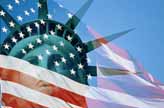 You will find in this
section hot NEW articles which we feel are of national importance to all folks.
These in-depth scientific forensic works are brought to you as a free service from AAJTS. If you wish to
become a member of the Academy and receive weekly
Articles, join now! You will find in this
section hot NEW articles which we feel are of national importance to all folks.
These in-depth scientific forensic works are brought to you as a free service from AAJTS. If you wish to
become a member of the Academy and receive weekly
Articles, join now!
LYMPHOPATHIC TECHNIQUE
Lymphopathy is an organized
approach to the understanding and of specific conditions related to the
lymphatic system as published by this author in the ACA Journal of
1983. Obviously, lymphopractic manipulative therapy will be limited in
scope. Physicians must research science and now how to apply science to
aid people. Next, it is our duty to carry out the procedure when
indicated. Thus, lymphopathy techniques are limited, but without using
it at the correct time, we, as physicians, have failed as primary health
care providers. The purpose of this chapter is to familiarize the
physician with the science of lymphopathy and the art of lymphopractic
technique.
ANATOMY:
The lymphatic system is made
up by: (a) collection of lymphoid tissue situated in the walls of the
alimentary canal, spleen and thymus; (b) circulatory lymphocytes; (c)
plexuses of small vessels (lymph capillaries) that end blindly into the
interstitial spaces: (d) lymph nodes.
The large superficial lymph
channels of the skin lie near the deep fascia and tend to accompany the
superficial veins, through some run independently. The deep lymphatic
trunks usually accompany arteries or veins. Most lymphatic vessels
anastomose freely and those of the two sides of the body are in
communication across the midline.
The lymph nodes consist of
small solid masses lymphoid tissue into which the lymph channels at some
point in their course pour their lymph. Generally, the lymph from any
tissue or organ traverses one or more lymph nodes.
PHYSIOLOGY:
The important feature of the endothelial
wall of the lymph capillaries is that they are permeable to substances
of much greater size than those, which pass through the endothelial wall
of blood capillaries. The lymph capillaries thus form the pathway for
absorption of colloid material and particulate matter including cell
debris and microorganisms. These macromolecules are thought to be
absorbed through intercellular fenestrations between endothelial cells
or by micropinocytosis across the cells. Once absorbed, the particulate
matter, bacteria, microorganisms, and so forth move to lymph nodes,
where to a large extent, much is filtered off by the phagocytic activity
of the cells in the nodes, thus preventing entrance to the blood stream.
The essential significance of
lymph nodes are: (a) they are an intricate network of spaces of large
volume and surface area, through which the lymph may slowly percolate,
(b) the exposure of any contained foreign material to phagocytic action
in the sinus, (c) the trapping of antigen by the phagocytes, (d) the
provision of a center for the lymphocyte production and a pool of stem
cells potentially capable of transforming into antibody producing cells,
(e) the interaction between antigen laden phagocytes and the lymphoid
tissue with the mounting of an immune response both cellular and
humeral, (f) as a portal of entry of blood born lymphocytes back into
the lymphatic channels and (g) they provide a means for transfer of
protein from the interstitial spaces back to the blood.
PRESSURE FLOW AND TECHNIQUE:
Intralymphatic pressure is
nearly the same as local interstitial pressure, usually 1 to 3 mmHg. A
small pressure gradient from the periphery to the major central trunks
favors flow in that direction, however lymph flow is largely
attributable to external compression combined with the effect of
centrally directed valves in the bigger channels.
Lymph as propelled from the
tissues toward the lymph nodes via: (a) filtration pressure in the
tissue spaces generated by filtration of fluid from blood capillaries,
(b) contraction of surrounding muscles compresses the lymph vessel, thus
moving the lymph in the direction determined by the valves, (c) where
the lymph trunk is close to an artery, pulsation of the artery may
compress the lymph vessel and assist the flow of lymph, (d) respiratory
movements and negative pressure in the brachiocephalic veins promote
lymph flow, and (e) smooth muscle in the walls of the lymphatic trunks
is most noticed just proximal to the valves. Sympathetic nerves, which
accompany the trunk, may stimulate the smooth muscle, which results in
contractures of the channel.
Generally, the total lymph
flow in man is 2 to 4 L/day, yet sometimes the fluid is quite stagnant
for long periods. Very little lymph flows along the lymphatic of a
human limb that is immobilized. Flow is considerable increased where
the human limb is moved (actively or passively). External massage can
raise peripheral lymphatic pressure in the limb of a dog to 5 mmHg,
which results in increased flow. Finally, moment or massage of a human
body part where there is excess of fluid (edema) in the tissue spaces
promoted the flow of the lymph from the affected area. Thus, it is
clear that the lymph flow can be increased by external physical
manipulation.
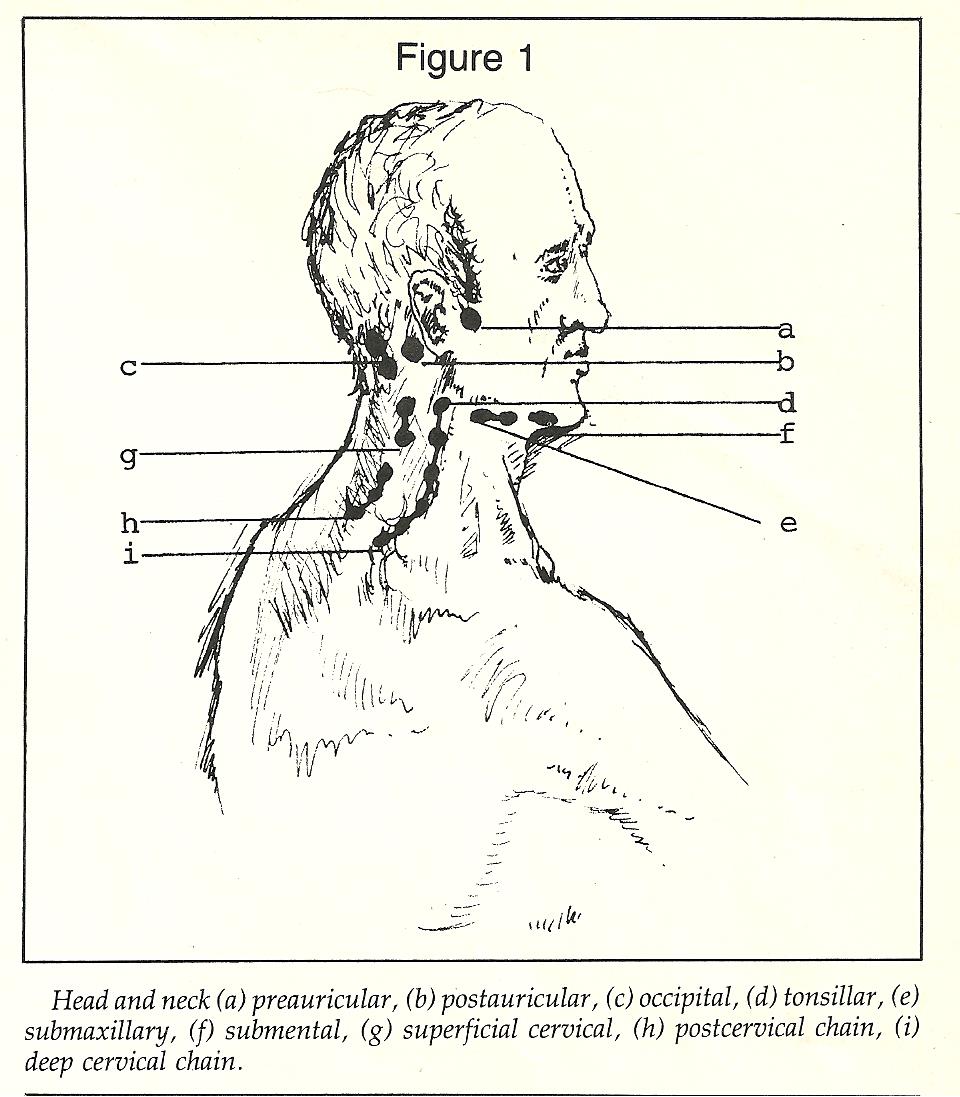
PHYSIOLOGICAL EFFECTS OF LYMPHOPRACTIC
TECHNIQUE
1.
Relieve occluded lymph vessels.
2.
Remove cell debris, microorganisms, bacteria, toxic
metabolites and fluids from the interstial spaces.
3.
Circulate lymphocytes.
4.
Improve antigen – antibody coupling.
5.
Improve cellular and humeral immune response via improved
circulation.
6.
Improve transport of proteins.
INDICATIONS:
1.
Edema
2.
Muscle stiffness
3.
Muscle pain.
4.
Manifestations of the immobilized or bedridden patient.
5.
Common cold.
CONTRA-INDICATIONS:
1.
Large non – tender lymph nodes.
2.
Malignant Cells
3.
Poor physical, orthopedic, and neurological examinations.
LYMPHOPATHIC MANIPULATIVE TECHNIQUE:
1.
Auricular (Pre and Post) and Occipital Nodal Technique
The patient is supine.
Patient’s head is rotted toward the physician with the involved side
up. Place the ear between the index and chiropractic index fingers.
Relax 4th and 5th digit in extended position over
the occipital nodal area. Gently traction the skin and tissues in a
clock-wise, then counter clockwise motion under the fingers.
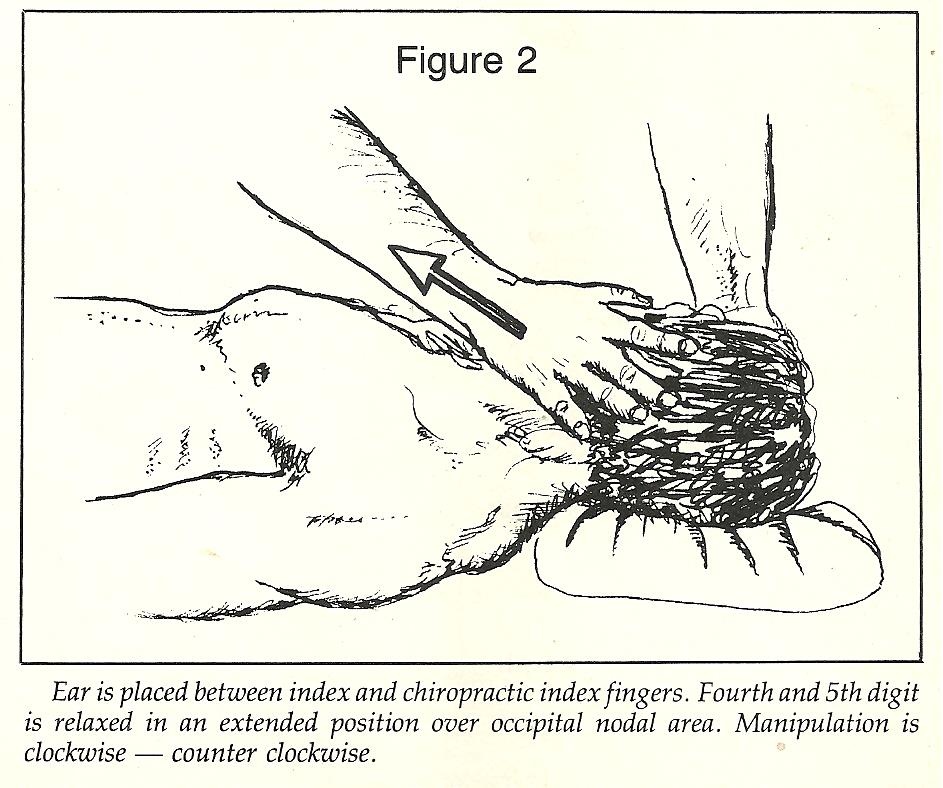
2.
Submaxillary, Submental and Tonsillar Nodal
Technique.
The patient is supine. Rotate
the head toward the physician. Place the index finger along the
superior surface of the ramus of the mandible. Place the 2nd,
3rd and 4th fingers under the ramus of the
mandible approximately over the submaxillary, submental and tonsillar
nodal areas. Traction the tissue down – ward, anterior and medial until
tight. Then have the patient open his mouth slowly. Move the contact
hand in a smooth, gentle, vibratory motion for approximately 10
seconds. Have the patient take a deep breath and exhale, then repeat
procedure.

3.
Superficial, Posterior and Deep Cervical
Nodal Techniques.
The patient is supine. The
physician’s left hand steadies the head and laterally flexes the
patient’s head toward the doctor. The physician places his right
fingers over the patient’s neck in the nodal area of interest (Note: Do
all cervical nodal areas). While the physician keeps their fingers
flat, they exert gentle traction caudal ward without gliding over the
skin. As the skin begins to stretch, pressure I released and reapplied
in pulses without moving the fingers. This is done at a rate of 3-5
movements per second.

4.
Pectoral, Subscapular, Central, Lateral,
Supra and Infra – Clavicular Nodal Techniques.
The patient is supine and the
physician is standing at the head of the table. The patient’s arms are
extended above is head and clasped behind the thigh of the physician.
The physician will place the calcaneal area o his hands in the nodal
areas (bilateral). Generally, the physician manipulates the Lateral and
Central nodes first, the Subscapular and Pectoral nodes next, and the
Infra and Supraclavicular nodes last. Pressure is applied downward ad
caudalward in a gentle, rhythmic, vibratory movement as the patient
exhales. Then, as the patient inhales, the physician extends back
stretching the patient’s tissue cephalad.
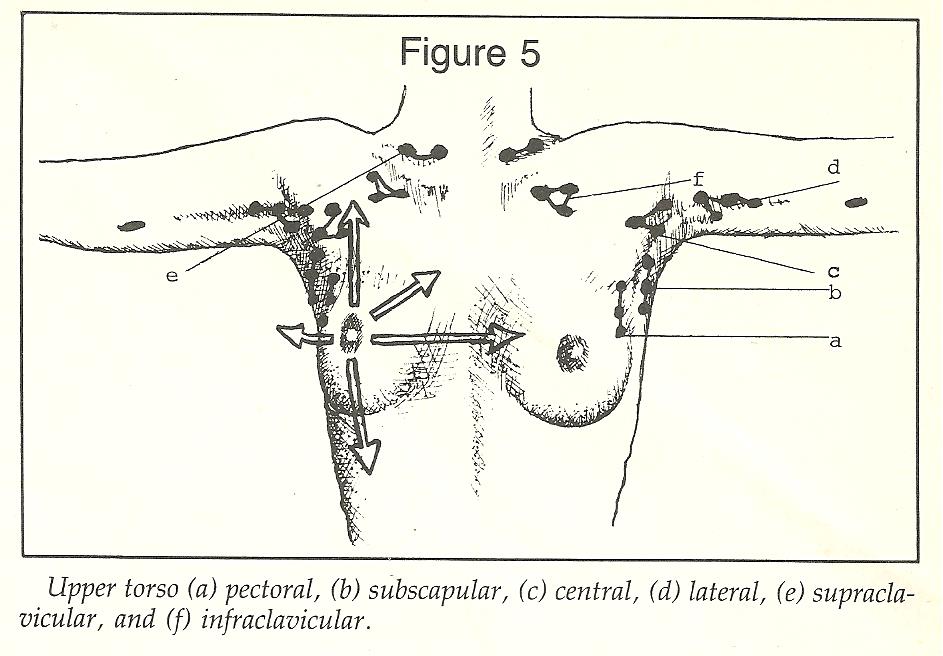
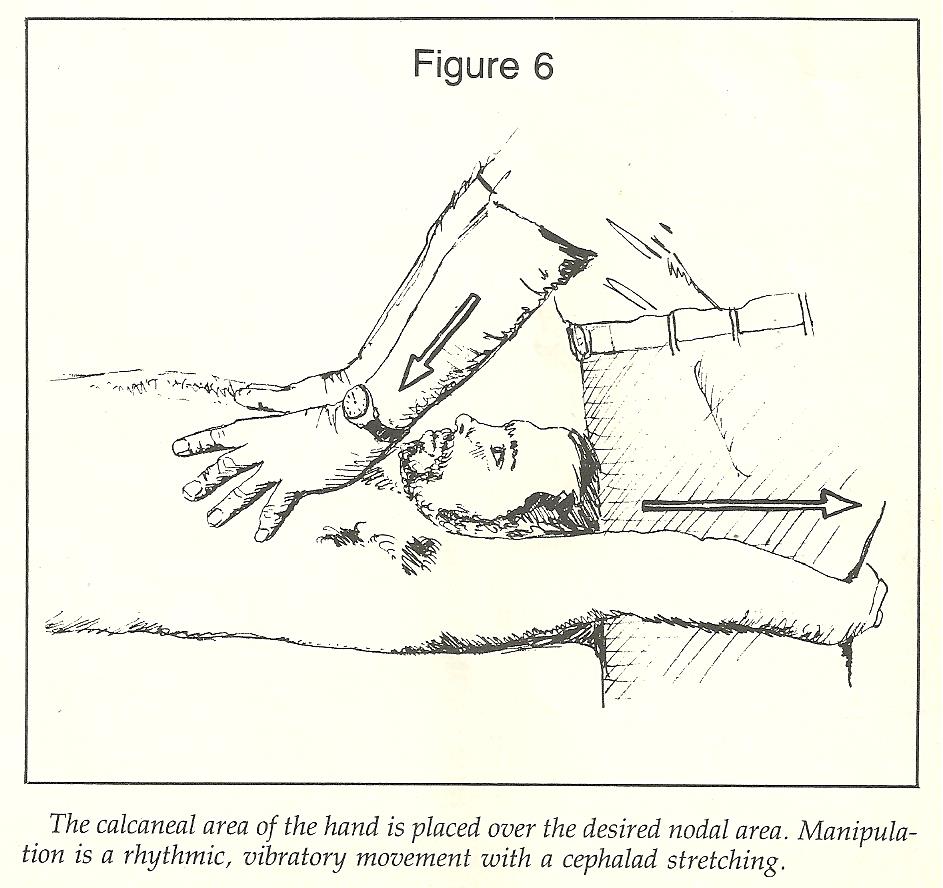
The above Lymphopractic
techniques will bring tremendous reward and satisfaction to both the
physician and patient when utilized in conjunction with the indications
and omitted when contraindications are noted.
by
Scott D. Neff, DC DABCO
MSOM
MPS-BT IME CFE
DABFE FFABS FFAAJTS
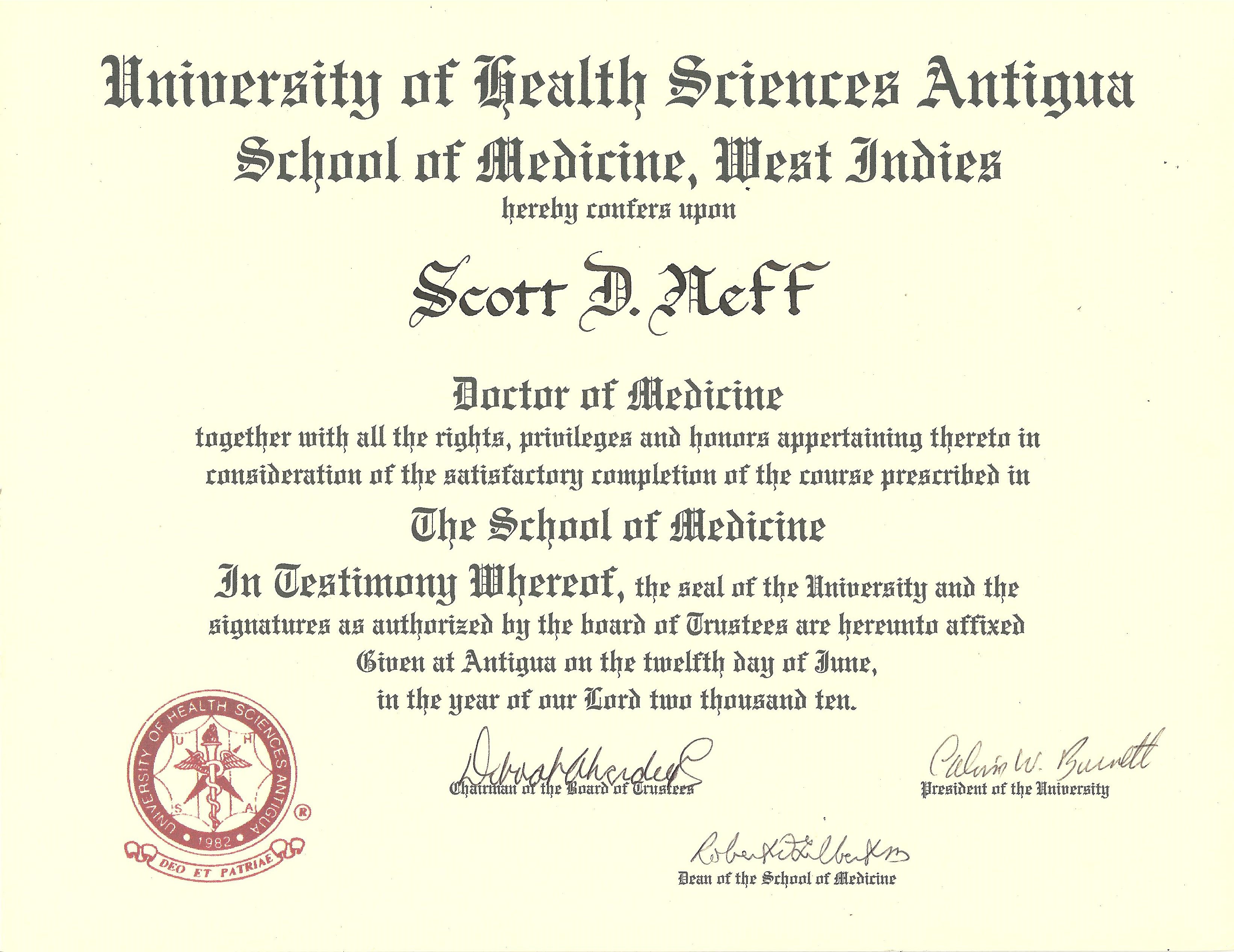
as a dedication to the
people of Minnesota and to the "Fountain Head" of learning and care, The Mayo Clinic. 09-01-04
GET MORE
ARTICLES LIKE THIS! |
![]()